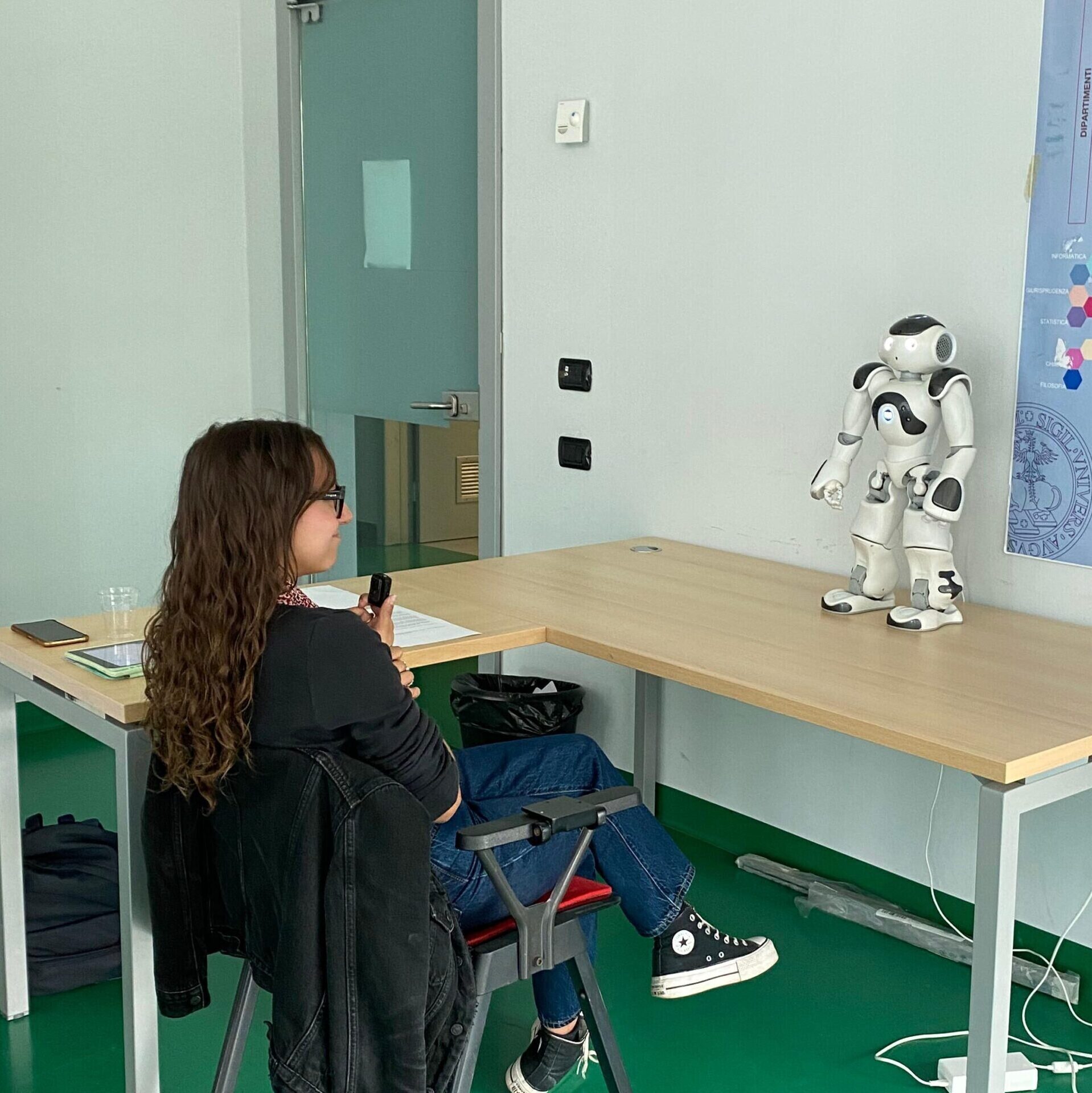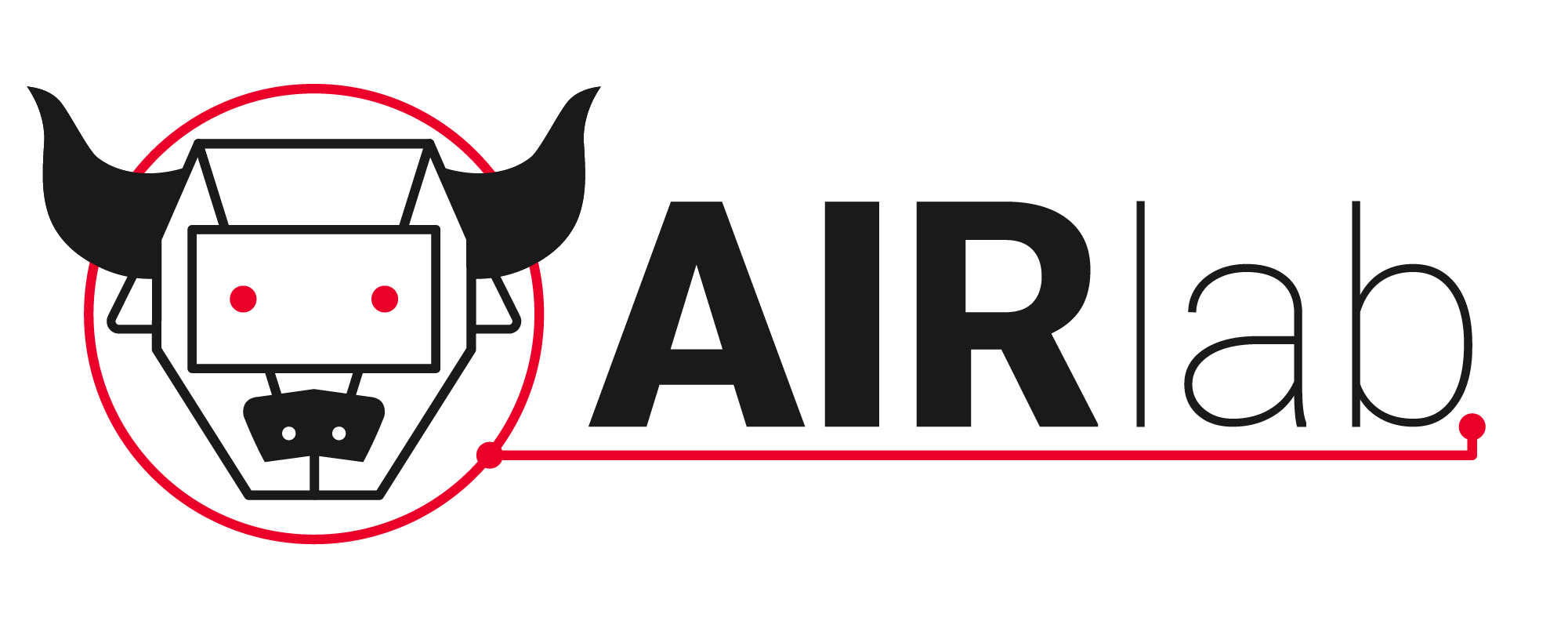Emotional Robotics for Human Interaction
Exploring Artificial Empathy for Enhanced Human-Robot Engagement

The Don’t cHRI project delves into the fascinating intersection of artificial empathy and human-robot interaction (HRI). Its primary focus is to examine how users emotionally respond to robots that simulate human-like empathy. Leveraging advanced social robotics, the project investigates the effects of empathetic behavior on user engagement and explores the ethical dimensions of creating robots capable of imitating human emotions. Utilizing SoftBank robots, such as Pepper and Nao, the research compares the effectiveness of their multimodal interaction capabilities in conveying empathy.
Key Objectives
Investigating User Responses
Analyze how humans emotionally react to robots demonstrating empathetic behaviors.
Evaluating Empathy in HRI
Assess the influence of artificial empathy on the quality of human-robot interactions.
Addressing Ethical Challenges
Explore the ethical implications of developing robots capable of simulating human emotions.
Comparing Multimodal Systems
Study the different empathetic effects of Pepper’s and Nao’s multimodal interaction systems.
Research Framework
The Don’t cHRI project is grounded in the study of multimodal interaction methods, including gestural, gaze-based, and verbal communication technologies, to improve the emotional resonance of robots. By combining these advanced interaction techniques, the project seeks to create robots that can engage users on a deeper emotional level. Additionally, the project explores the application of these technologies in real-world contexts, such as therapeutic or educational environments, where emotional engagement can be particularly impactful.
Through the integration of artificial empathy, the robots are designed to simulate human-like emotions, with the goal of enhancing user trust and connection. This approach aims to foster a more natural and intuitive interaction, moving beyond purely functional relationships with robots to create meaningful and socially aware engagements.
Implementation and Collaboration
The project is led by a multidisciplinary team at the University of Turin, bringing together expertise in artificial intelligence, robotics, and psychology. By leveraging insights from these diverse fields, the team explores how empathetic robots can be optimized for both their technical and social performance. The study uses a comparative analysis of the multimodal systems of Pepper and Nao to understand how different capabilities influence user perception and interaction outcomes.
Impact
The Don’t cHRI project aims to pave the way for the next generation of socially intelligent robots. By focusing on empathetic behaviors, the project strives to create robots capable of supporting human-centered activities, such as therapy, education, and caregiving. This research has the potential to redefine the role of robots in society, emphasizing inclusivity, emotional understanding, and meaningful human-robot relationships.
By addressing both the technological and ethical dimensions of empathetic robotics, Don’t cHRI envisions a future where robots do not simply perform tasks but actively contribute to creating emotionally enriching experiences for their users.



